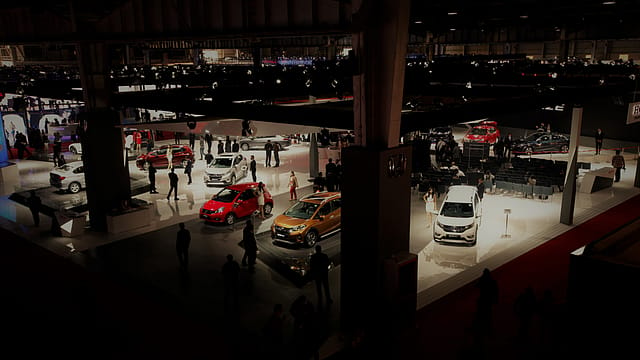No India strategy for EV at the moment: Honda
ADVERTISEMENT

In the electric vehicle transformation that is taking place across the world, Japan’s Honda Motor Company is relatively late to the party.
In the US, Honda started selling the battery electric version of the Clarity only in July 2017 while the plug-in hybrid electric version started sales in November 2017. In Europe, it only announced its ‘Electric Vision’ at the Geneva Motor Show in March 2017.
And while Honda plans to ramp up its electric vehicle portfolio and sales aggressively in the US and Europe, a senior official of its Indian unit expressed several reservations about the future of electric vehicles in the country.
“If we talk about Honda globally and leave aside India for the moment, we have a gamut of technologies available with us which includes hybrid, electric vehicle which are all on display here. Our display here does not mean that we are going to get them here. At least the two EV are completely concept cars and we do not have any India-specific strategy at the moment,” Jnaneswar Sen,senior vice-president, marketing and sales, Honda Cars India Ltd said at Auto Expo 2018.
Listing the challenges that the sector currently faces, Sen says that the ‘business for hybrids has finished after GST (Goods and Services Tax)’ and government’s policy for electric vehicle segment is not clear. “The government is pushing for electric vehicle but we are unaware of what the policy is. We are waiting for the policy part to clear and then we will see. The policy has to be logical, transparent and long-term,” he notes.
December 2025
The annual Fortune 500 India list, the definitive compendium of corporate performance, is out. This year, the cumulative revenue of the Fortune 500 India companies has breached $2 trillion for the first time. Plus, find out which are the Best B-schools in India.
Sen went on to explain that though on paper India has an over-capacity of electricity, there is still unfair distribution of electricity, which is a concern for auto makers. “Besides, electric vehicle concept in India will only shift the source of pollution in India and not finish it. Fortunately, we are seeing rapid advancement in other forms of energy such as solar but at present, India is still a coal-based power market,” he added.
The absence of charging stations is another concern and unless, the battery technology is not worked upon, auto makers will shy away from entering the electric vehicle space, he claims.
Currently, lithium ion batteries are expensive even though their costs have come down substantially; they continue to remain an expensive affair for the traditional auto makers. Moreover, Sen points out that the current lithium batteries are difficult to dispose and can be hazardous for the environment.
“Consumers will not pay more for a car because it is EV. They will buy what is affordable, and even though under the current GST regime, it is just 12%, but is it enough to really make it an attractive proposition? A lot still needs to be done in terms of the cost of the technology,” he says.
The company has grown by 17% between April 2017 to January 2018, registering an overall sale of 144,802 units between the same period over 124,114 units in the corresponding period last year. “HCIL has shown robust sales growth of 15% in CY 2017 and 17%in the year 17-18 so far. With the upcoming new launches, we are confident to grow further in the new fiscal. While the All-New Amaze will strengthen
Honda’s presence in mass segment, the All-New CR-V with its diesel introduction and comeback of Civic will help us fortify our presence in upper segments,” said Yoichiro Ueno, President & CEO, Honda Cars India.
The company launched the second generation of its existing model Amaze, fifth generation of Honda CR-V and tenth generation of Honda Civic. The company also showcased its concept cars the Honda Sports EV Concept, Honda NeuV, and Clarity Fuel Cell among others.
